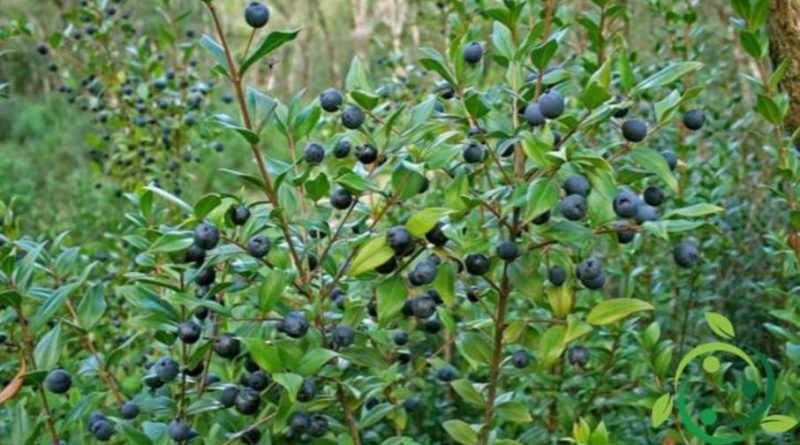How to grow myrtle in a biological way
How to grow myrtle in a biological way
Before tackling the cultivation of Myrtle (Myrtus communis L., 1753) it must be said that this plant, although rustic, can not stand cold and prolonged temperatures so it is good to consider the area where you have to plant it. Myrtle can be cultivated either from seed or from cuttings and, if you do not want to risk, this plant is not difficult to find at nurseries.
If you start from seed obviously you must have or get mature myrtle berries and, in the winter period, sow immediately after harvesting (it is a seed that quickly loses its germinating power). The open berries are buried in small pots with a soil composed of soil and sand (75% and 25%) to about 2 cm deep.
If you are in a colder climate, the jars should be repaired and placed in the autumn of the same year. If you want to speed up the time, and get more vigorous plants, you can directly implant with cuttings. This operation is carried out by taking in spring from the mother plant portions of semi-mature branches, preferably without flowers.
The operation is carried out by putting the cuttings in water for a few days and then placing them in a vase of appropriate size with a mold prepared as above. Remember to put the pot in a sunny area and always kept humid until the dwelling in the ground in the spring.
Although the myrtle is suitable for poor soils, it is good to choose soils with neutral pH and not calcareous, but if it is found in conditions of good fertility the plant will have an excellent vegetative vigor. For this reason, during planting, place mature manure in the hole and then, during the maintenance phase, during the winter bring mature manure, domestic compost or earthworm humus. As for the irrigation supplies, provide regular irrigations.
Regarding the shape we always suggest to follow the normal tendency of the plant (which in this case is bushy) but taking care to eliminate only the dry branches and considering that the myrtle plant, in fact, produces only on the branches of the year.
For large extensions you can resort to the form of tree-trained (with a 50 cm scaffolding). In this case the pruning is more frequent, aimed above all to the removal of the basal suckers.
As far as the parasites are concerned these can rarely be represented by cochineals and, in any case, if you have not inserted synthetic nitrogen fertilizers, not frequently irrigated and you have done to eliminate the dry branches the plant will prove very resistant and not very attached.

